In this article, we will show you what the letters and numbers on the tire refer to. So you will be perfectly learning how to read tire?
All information in this article is supported from tire experts and professionals.
Start by inspecting both sides of the tire sidewall. Manufacturers often imprint information about tire size, date of manufacturing, and other valuable information on both the inner and outer sidewalls to enable you to read the tire effectively.
- How to know tire size ?
- Wheel diameter.
- load index and speeding rate.
- Treadwear, Traction and Temperature.(3Ts)
- Tire manufacturing date.
- Maximum air pressure and Maximum load.
Tire size.
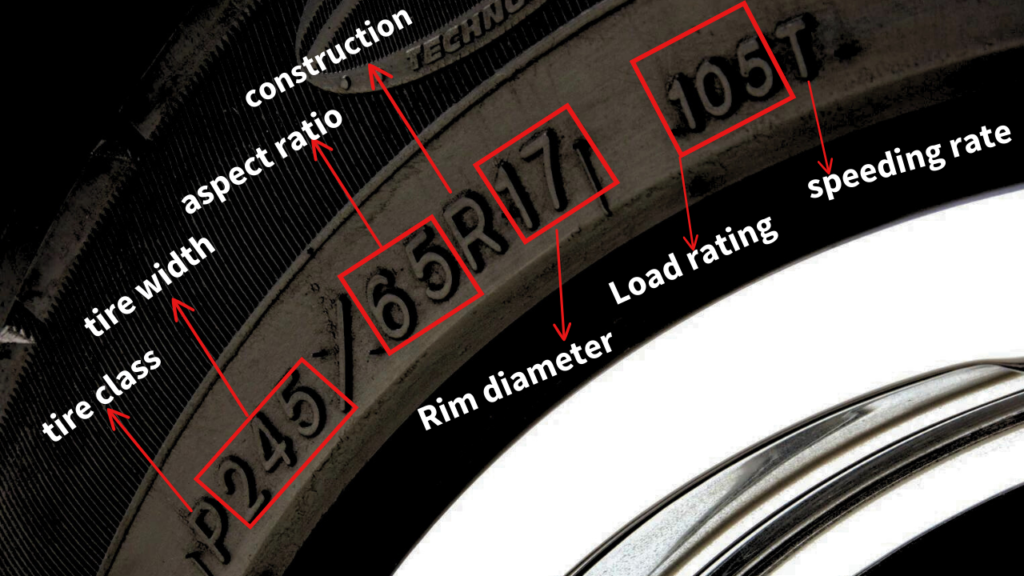
According to the metric sizing system we use this tire example code.
[ P 245/65 R17 105T ]
1. tire class.
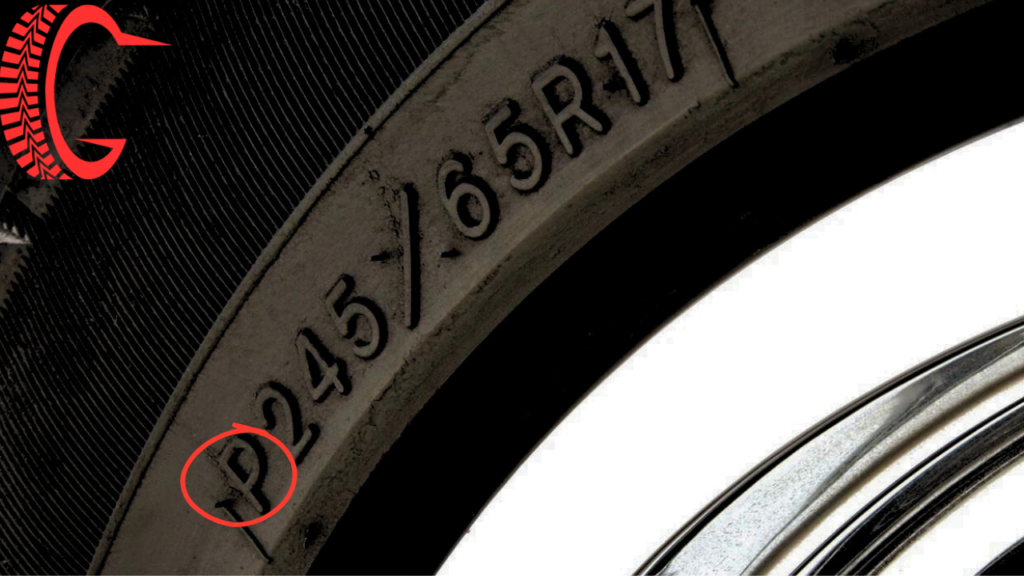
Tire class is represented as one or more letters at the beginning of tire code. For instance: P, LT or ST.Tire class helps you to choose the right type of tire that is suitable for the specific type of the vehicle.
- P or no letter = passenger vehicle tire.
- P metric tires meet the US standards for passenger cars (1/2 ton or smaller) like sedans,small SUVs,trucks ,minivans or crossovers.
- if you don’t see any letter at the beginning of the tire code, it is EURO-METRIC TIRE. don’t be confused, it has the same structure of the P metric tire except different load rating index. just be careful to place the same type in one axle as you shouldn’t mix euro and p metric on the same axle.
- LT= light truck tire.
- LT metric tires are suitable for big vehicles with tow trailers that have 3/4 ton to 1 ton capacity.
- ST= special trailer tire.
- ST metric tire is specific for all types of trailers, so it can sustain loads.
- T= temporary tire.
- A temporary tire stands for a small spare tire.
- C = Commercial tire.
- Commercial tire in Euro-metric size for delivery vans or trucks.
- M = motorcycle tire.
2. How to read tire size ( tire width and aspect ratio)?
Tire width.
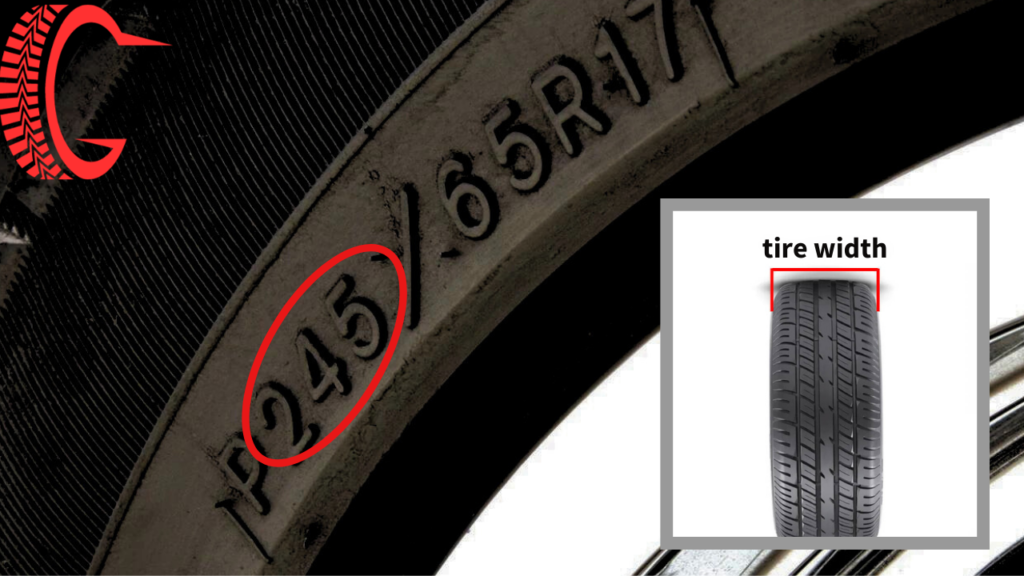
- Is represented as a three digit number following the first letter. Tire width is the distance in millimeters between the two edges of the tire.
- In this example the tire width is (245) mm.
- However wider tires have larger contact with the road, pizza cutter tires have advantage in dealing with snow and mud conditions.
tire aspect ratio:
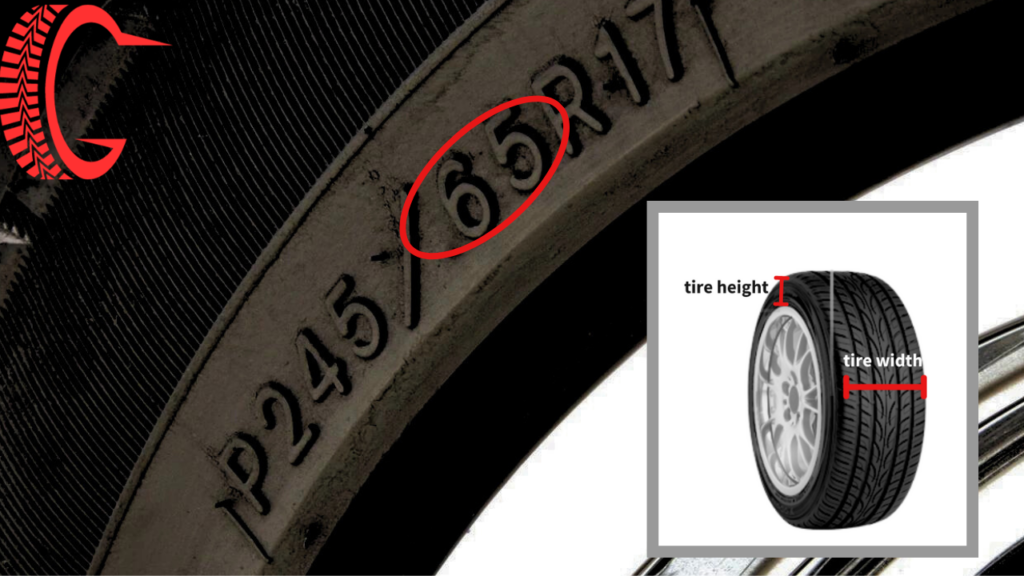
- is represented as a number after forward slash.it is not a metric number but it is the percentage of sidewall height to tire width.
- For instance: tire width: 245 and aspect ratio 65. it doesn’t mean that tire height is 65mm however it means that tire height is 65% of tire width. if you calculate it in millimeters so the tire height will be 159mm.
- Generally, if you need better steering response and performance, you have to choose a short height of tire sidewall ( tire aspect ratio 55 or less).
- if you don’t see any of these numbers it means standard tire profile with aspect ratio 82% of width.
3. Construction type.
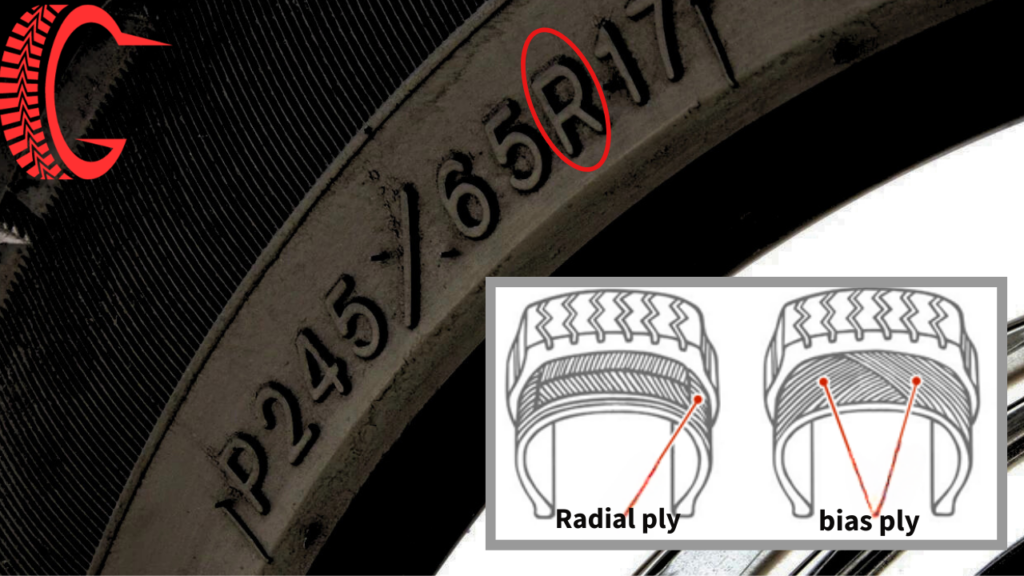
- tire construction is internal construction that maintain stability of the tire, represented as a letter after aspect ratio number( the letter in the middle of the tire code)
- R = Radial ply.
- Radial construction means that the internal ply cords are arranged in a radial direction and reinforced with a steel belt that is angled at 90 degree to direction of travel.
- Radial ply is most commonly used today in passenger vehicles for more than 25 years.
- B= bias ply or D=diagonal ply.
- In bias construction the ply criss crosses diagonally.
- Bias ply tires had a crude construction that provided better grip on irregular surfaces so bias ply is more common in off road vehicles like trucks.
4. Wheel diameter.
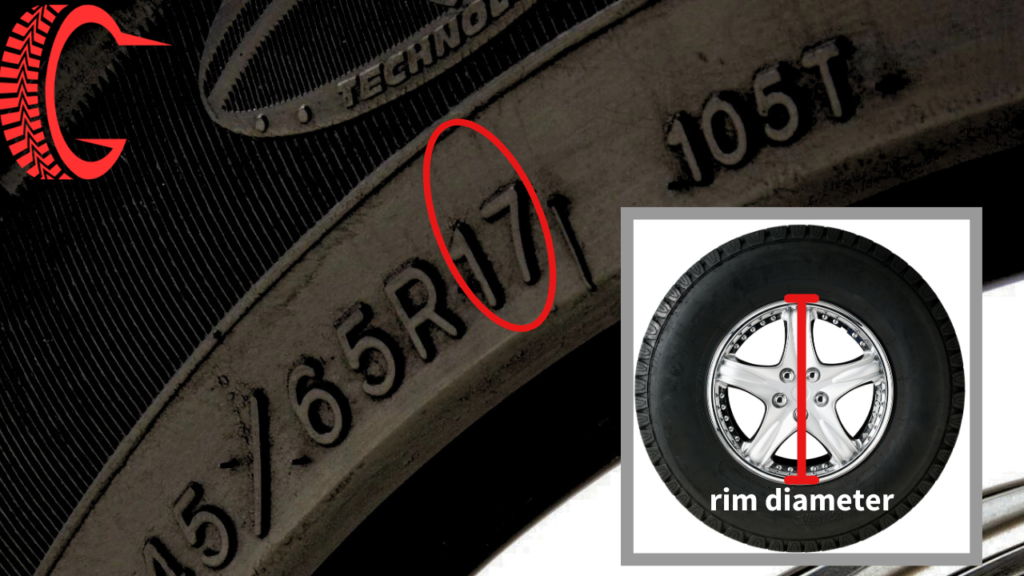
- wheel diameter is the number followed by the middle letter on the tire. it is the distance in inches (not in millimeter) between any 2 opposite ends of the wheel.
- In this instance a tire with 17 inch wheel diameter would only fit the rim of the same size.
- So it is very important to know your wheel diameter to choose the tire that fits correctly.
5. load index and speeding rate.
Tire load index.
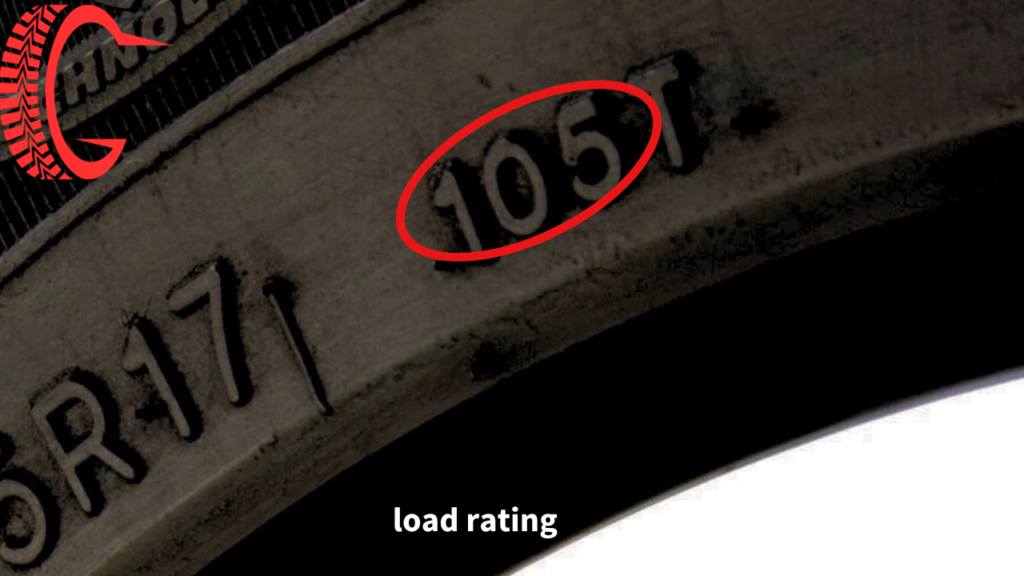
- Is the last number of tire code just before the last letter.
- tire load index indicate the load capacity that each tire can handle ( how much weight that each tire can carry if inflated properly) it is not a weight , it is a number corresponding to specific number of kilograms or bounds so, check load index chart to know the exact weight that tire can manage in proper conditions.
- for instance: load index 105 doesnt mean that the tire can carry 105 KGs. but according to load index chart the tire with load index 105 can carry 925 KGs. if you want to calculate the total weight capacity, multiply the weight per tire by number of tires of the vehicle. for example: 4*925=3700 KGs.
- Note that most passenger vehicles have a load index from 70-100 per tire.
- XL tire: some tires are referred to as XL metric that mean extra load tire so load index for these tires are higher than standard load index. Therefore it is important to replace the same tire type of load index whether standard or extra load.
- p metric and euro metric: P metric tire has lower load index by 1 or 2 point than Euro metric of corresponding tire, so there is no problem if you replace the P metric tire by Euro metric one but not vice versa.
- Good things are not perfect, as lower tire sidewall height (lower aspect ratio), higher steering response, but provide lower load index due to less air inside the tire.
Speed rating.
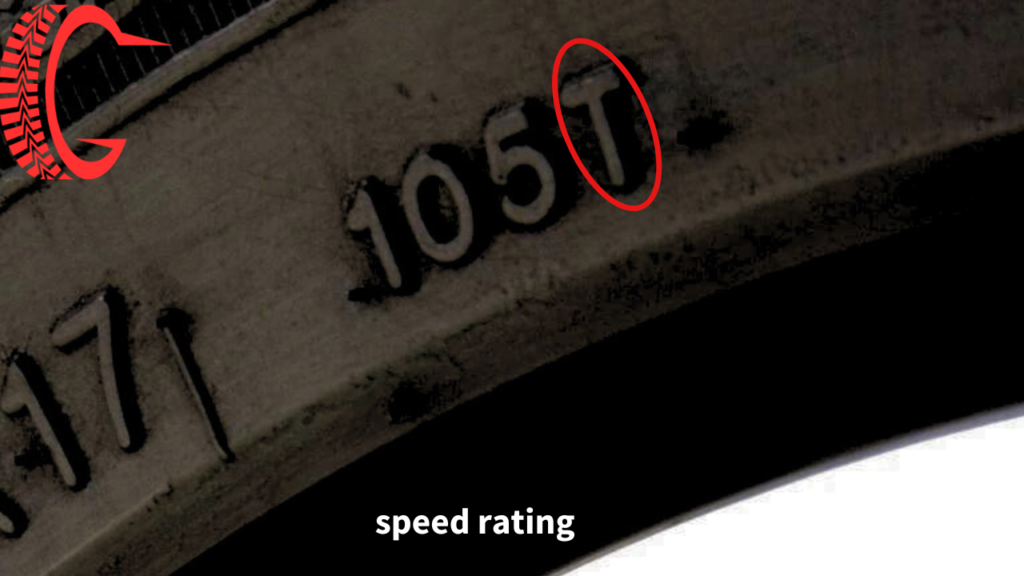
- You will find the speed rating represented as the last letter in the tire code. It indicates the maximum speed that the tire could dissipate the heat for an extended period.
- For instance T: the tire is able to run safely at speed up to 118 mph for a certain period. check speed rating index .
- Important point you have to take care, if you want to replace a tire, it must have the same speed rating of other tires. incase of a vehicle with tires of different speed rating, the top speed of the vehicle must follow the lowest speed rating tire.
- Speed rating is just telling you don’t exceed the concerned speed and it doesn’t recommend to follow this speed.
Treadwear, Traction and Temperature.(3Ts)
Also you can find some metrics for tread wear, traction and temperature along the tire. This metric is determined by (UTQG) uniform tire quality grading scale developed by US DOT. it mainly for passenger car types.
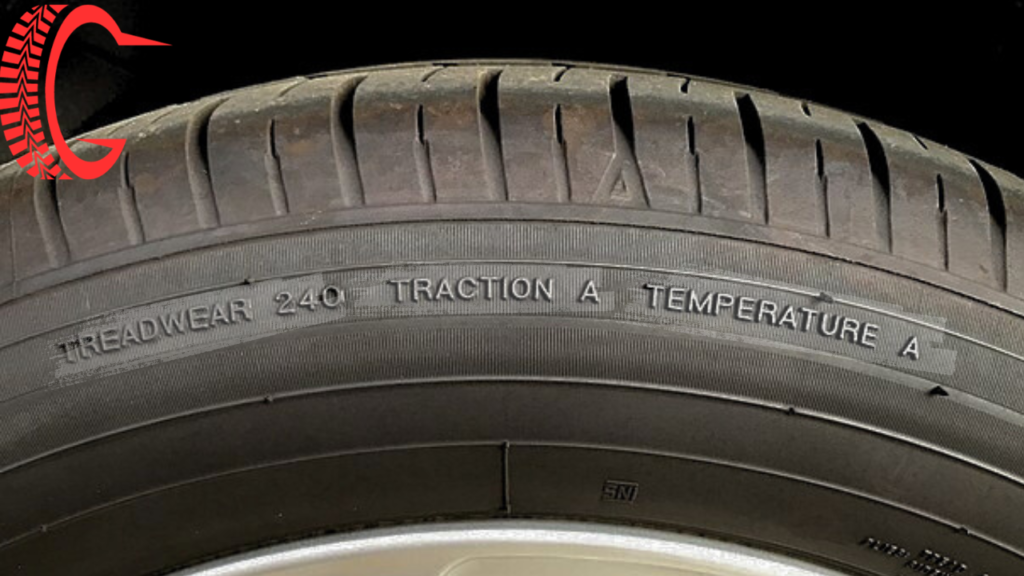
1. Tread wear rating.
- It is the distance in miles that a tire could travel under suitable conditions of driving.
- The reference number is 100 that equals 400 miles ( the tested number of miles ). If the tire with treadwear rating is more than 100, it means that it can run for longer distances than industry standard. And tires with lower treadwear rating than 100 so it can run for shorter distances than industry standard.
- For instance: if the tire tread wear rating is 240, it means that the tire tread life is 2.4 more than the industry standard and can go for number of miles more than the industry standard by 2.4 times.
- A higher number of tread wear means more mileage but it also depends on your habit of driving and many other factors.
2. Traction rating.
- Is to what extent the tire is good when braking on wet surfaces while moving straight. doesn`t include turning traction.( wet concrete and asphalt skid pads)
- you will find a letter that represents traction (AA_A_B_C).as a tire with traction rate AA stops on wet surfaces better than a tire with traction rate C.
- The traction rating is designed depending on Gravity-force for the tested tires. The test involves dragging the vehicle at 40 mph on a wet surface.
- Anyway the traction rating isn’t as meaningful as it was, because most modern vehicles have( ABS) system that control the braking of the vehicle .
3. Temperature metric.
- Tell how good the tire is dealing with high temperature. It also indicates how the tire will manage the temp over the cartian speed.
- you can find temperature metric represented as a letters ( A,B and C) while:
- A = above 115 mph
- B= 100-115 mph
- C = below 100 mph
- For instance: if the tire temperature rate is A, it doesn’t mean that maximum speed for the tire is above 115 mph but it means that the tire is able to manage the heat generated from the speed until it reaches a certain speed above 115. after that it can’t handle the heat generated and bad effect could happen.
- As I told you, good things are not perfect, you have to choose the factor that is important to you depending on your needs. Let’s say you need a high performance tire with a high temperature metric so the tire will be a low tread wear metric. as the softer tire, the better traction, the higher speed and lower mileages.
How to read tire manufacturing date?
- The Department of Transportation number ( DOT) is the identification number for the tire and it is full of useful information regarding your tires. like tire size, year and place of manufacturing.
- you can find tire DOT number on either side of the tire, find number starting with (DOT) and followed by 10-12 series.
- DOT code is mainly designed as a track number. If there is any manufacturing defect in the tires, they can call for those tires by tracking them through a DOT number.
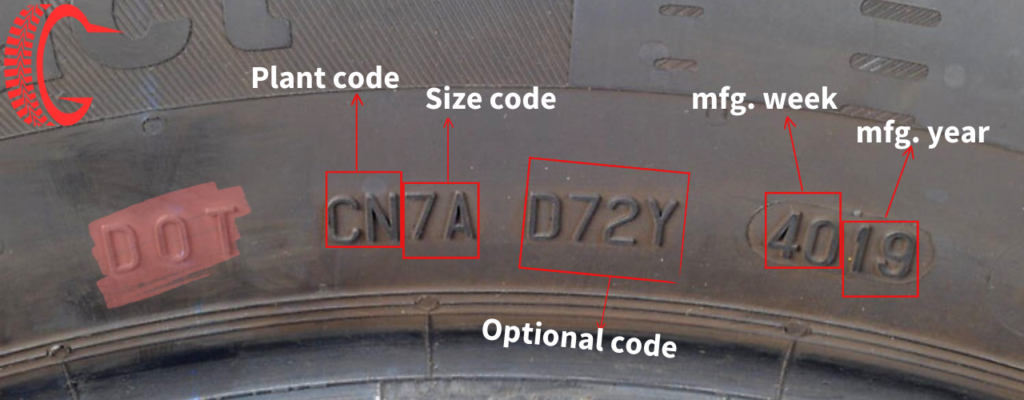
1. Plant code.
- plant code is represented 2 or 3 digits after DOT that indicate whether the tire is made in the US. you can check this link to know the place of manufacturing.
2. Size code.
- The rubber manufacturing association has suggested a code deciphering list for tire size but some data may not be accurate.
- in this example size code is 7A=tire size of 235/60 according to code deciphering list.
3. Option code.
- The next three digits are tire category, construction and tread pattern. This is the code used to recall defective tires.
4. Tire manufacturing date.
- At DOT code, check the last four digits that indicate the week (1st two digits) and year (2nd two digits) of manufacturing the tire.
- For instance: last 4 digits in tire DOT code are (4019). Then, the manufacturing week is the 40th week of the year which is the last week of october. The manufacturing year is 19 that indicates 2019. so the actual manufacturing date for this tire is last week of october/2019.
- Tire experts recommend replacing tires that are six years or more,wherever the tire status is.
Maximum air pressure and Maximum load.
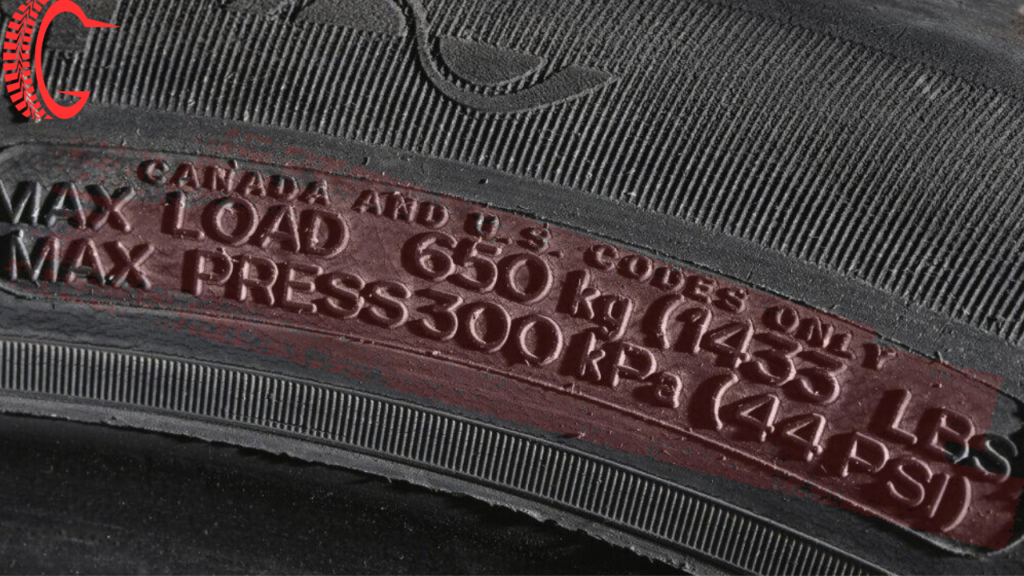
- Max pressure is the pressure of the tire to hold max weight.
- max load is the weight that tires with max pressure could carry.
- In this instance: when the tire is inflated to 44 psi ( max press), it could carry a max weight of 650 kg.
- It indicates the highest amount of air you can put in the tire and highest weight that tire could withstand. it is not recommended to follow this index. As it is a maximum limit, if you exceed it, horrible circumstances could happen like tire blowout.
- If you want to know recommended tire pressure and load for your vehicle, check the sticker on the door jamb.
Another abbreviation symbols to know.
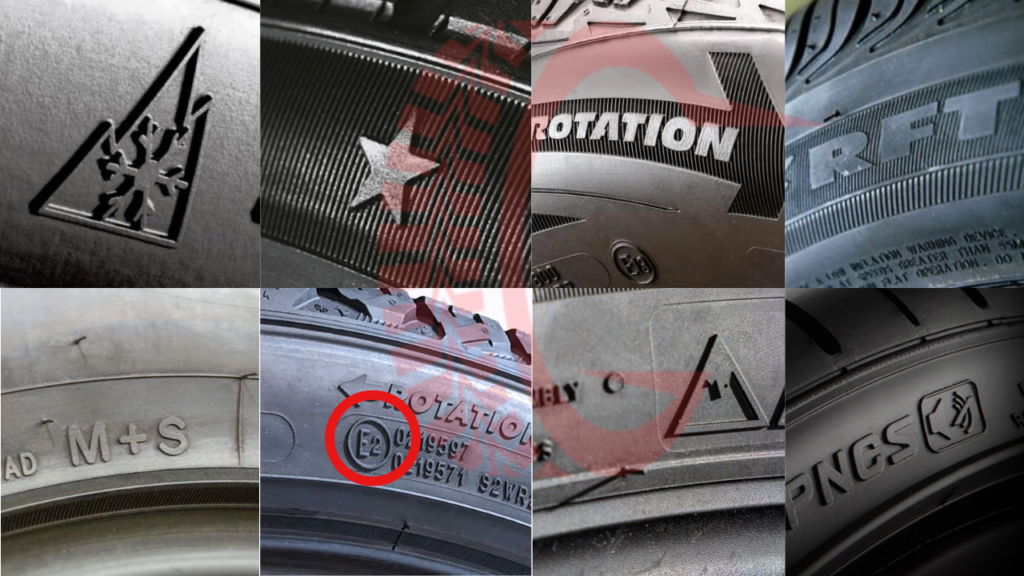
- RF= run-flat tire is amazing technology for vehicles that do not require a spare tire and can run flatted for 50 miles.
- M+S = mud and snow tires. it is not a summer tire. There is no test done to obtain these symbols, so you can’t completely rely on them while choosing the tire.
- M+T= mud and terrain tires. Those tires provide better traction and self cleaning of mud and rocks.
- (3PMSF) three-peak mountain snowflake badge. This symbol means the tire is tested and shows improvement in acceleration and traction in winter conditions.
- Ice grip symbol or snowy mountain peak. means the newest technology for severe weather shows best winter traction.
- rotation arrow: you can find a stamp of arrow that shows the tire direction of rotation or you may find a design of ( inside) and (outside) in order to avoid any confusion.
- E2 = European regulatory authorities and the number after E is the code for the country of approval like (E1 germany) and (E2 france) and so on.
- 1YL = nokian tire plant located in nokia-finland.
- S2WR2 = approved international rating for sound,wet and rolling resistance.
- five pointed star = modified tire to offer slight improvement in ( sound ,tread wear or handling). specially designed for BMWS. Another symbols indicate speciality to certain vehicles:
- L or L1 for Lamborghini’s
- HP for Pagani’s
- + for Volkswagen’s
- TPC Spec for GM’s
- N0 or N1 or N2 for Porsche’s
- M0 for Mercedes-Benz’s
- There are many symbols to show a quiet tire. like muted speaker symbols. all with the same goal of making them quiet while driving.
Now you have to know what every single letter or number designed on the tire refers to? and you are able to select the suitable tire for your vehicle and avoid any confusion.
Do you think so!
actually there is another system that indicates information of the tire called ( flotation sizing system) check it now.

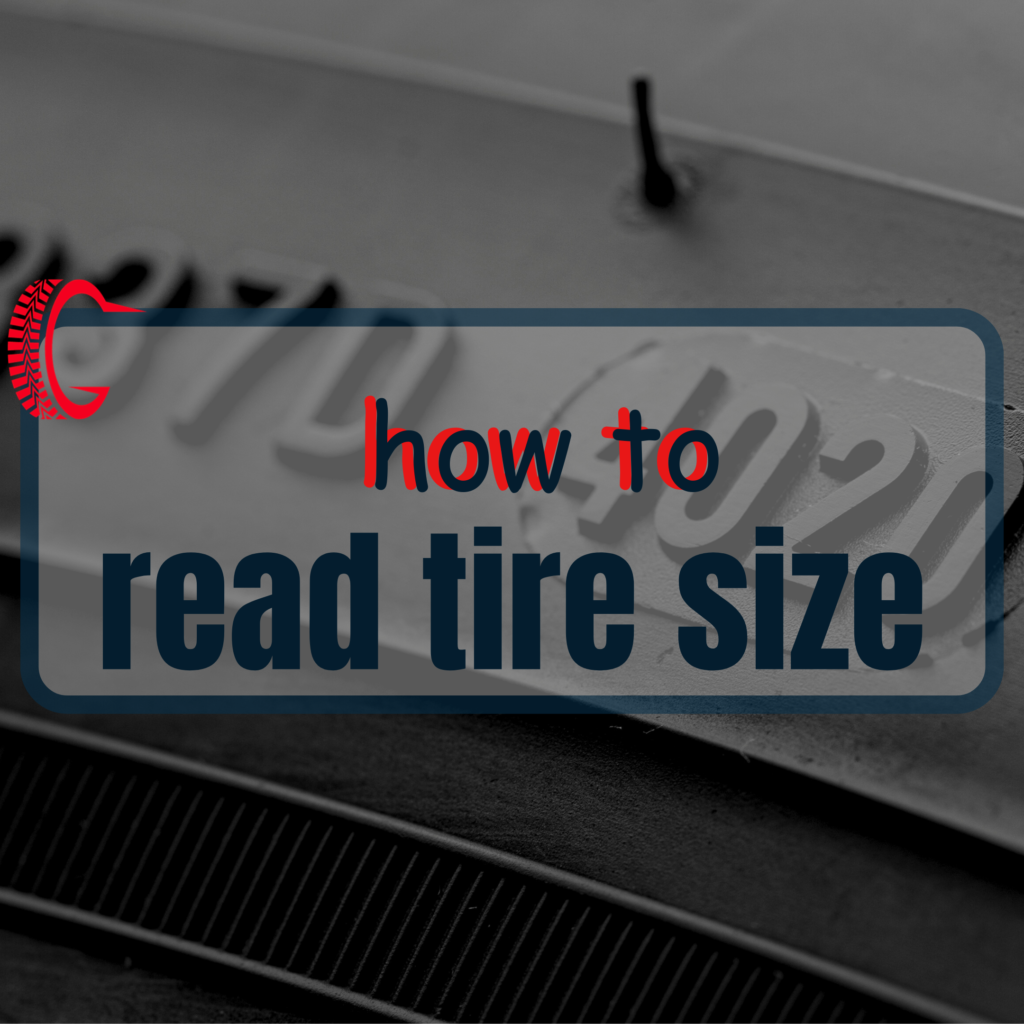
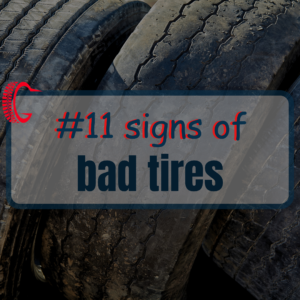

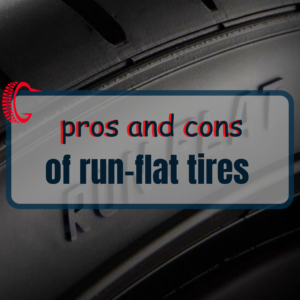

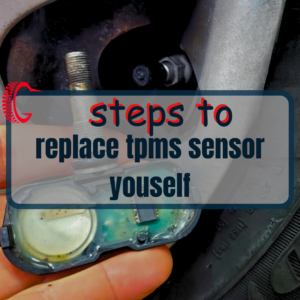
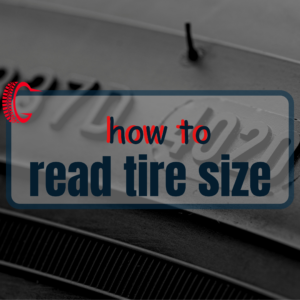
2 thoughts on “How to read tire numbers, letters, and symbols stamped on the sidewall?”
Woah! I’m really enjoying the template/theme of this website. It’s simple, yet effective. A lot of times it’s hard to get that “perfect balance” between superb usability and appearance. I must say you have done a very good job with this. Additionally, the blog loads super fast for me on Safari. Excellent Blog!
Truly appreciate your support. thank you.